A complete guide to Jericho, QLD

Jericho is a tiny rural service centre on the Capricorn Highway, midway between the outback towns of Emerald and Longreach.
This region of Central Western Queensland is predominantly cattle country.
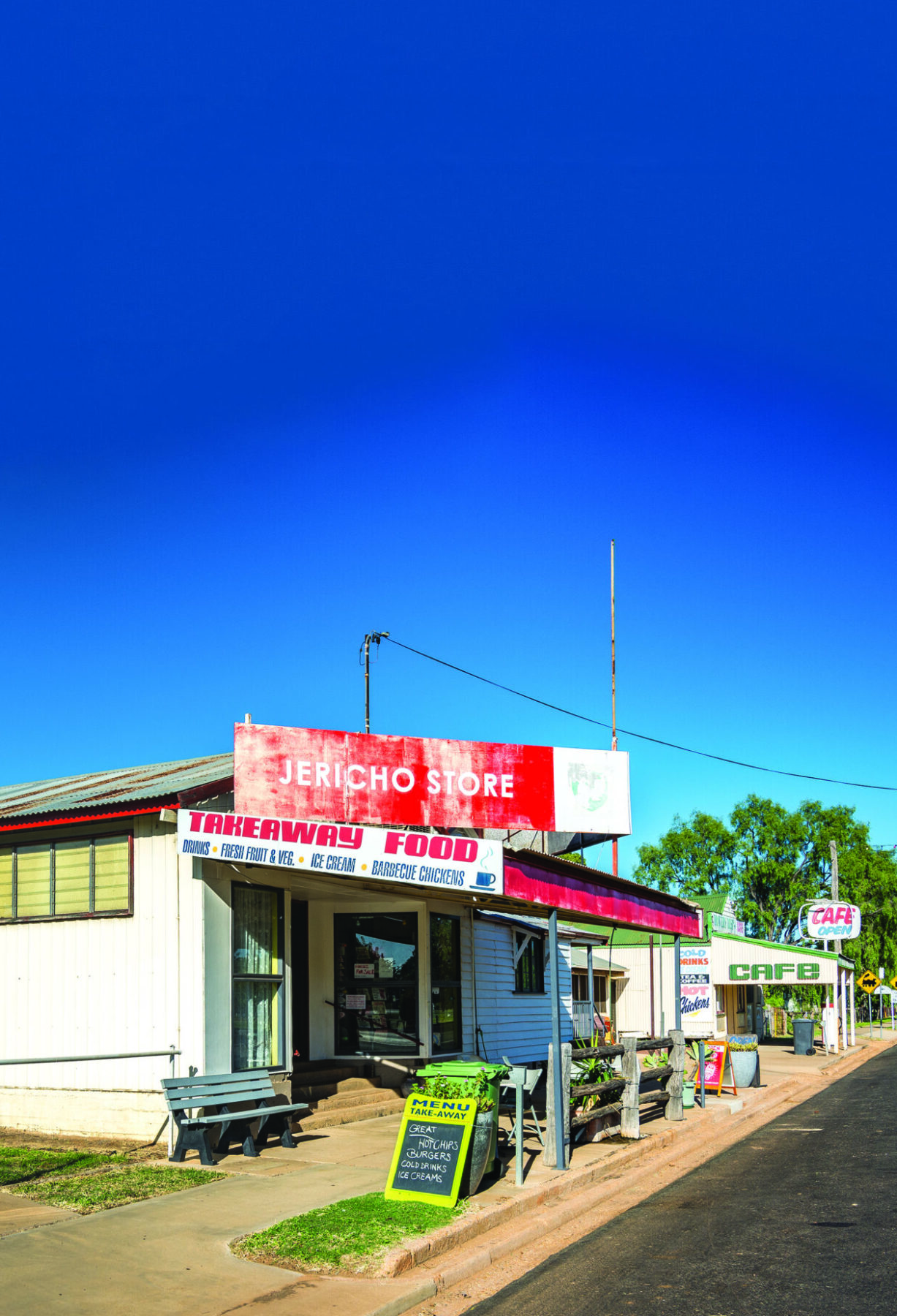
Location
Jericho is on the Capricorn Highway, 224km west of Emerald, 191km east of Longreach and 1054km, via Toowoomba and Emerald, from Brisbane.
Origin of Name
The local Jordan River was named after an early European settler, Harry Jordan. It was a small step to apply a biblical reference and name the settlement on its banks Jericho.
Vistor Information
Jericho doesn’t have its own visitor centre, so try the Barcaldine Tourist Information Centre, about an hour’s drive to the west at 149 Oak Street.
Useful Websites
outbackqueensland.com.au/town/jericho/
Image credit: Roger Harrison/500PX
Today, Jericho’s primary function is to service the surrounding large landholdings and entertain passing travellers with its remarkable ability to exploit its tenuous biblical connections, the most notable example being its Crystal Trumpeters display in the main street, which symbolises various moments in the Old Testament.
These include the parting of the Red Sea, receiving the Ten Commandments, crossing the River Jordan and arriving in the Promised Land.
Places of Interest
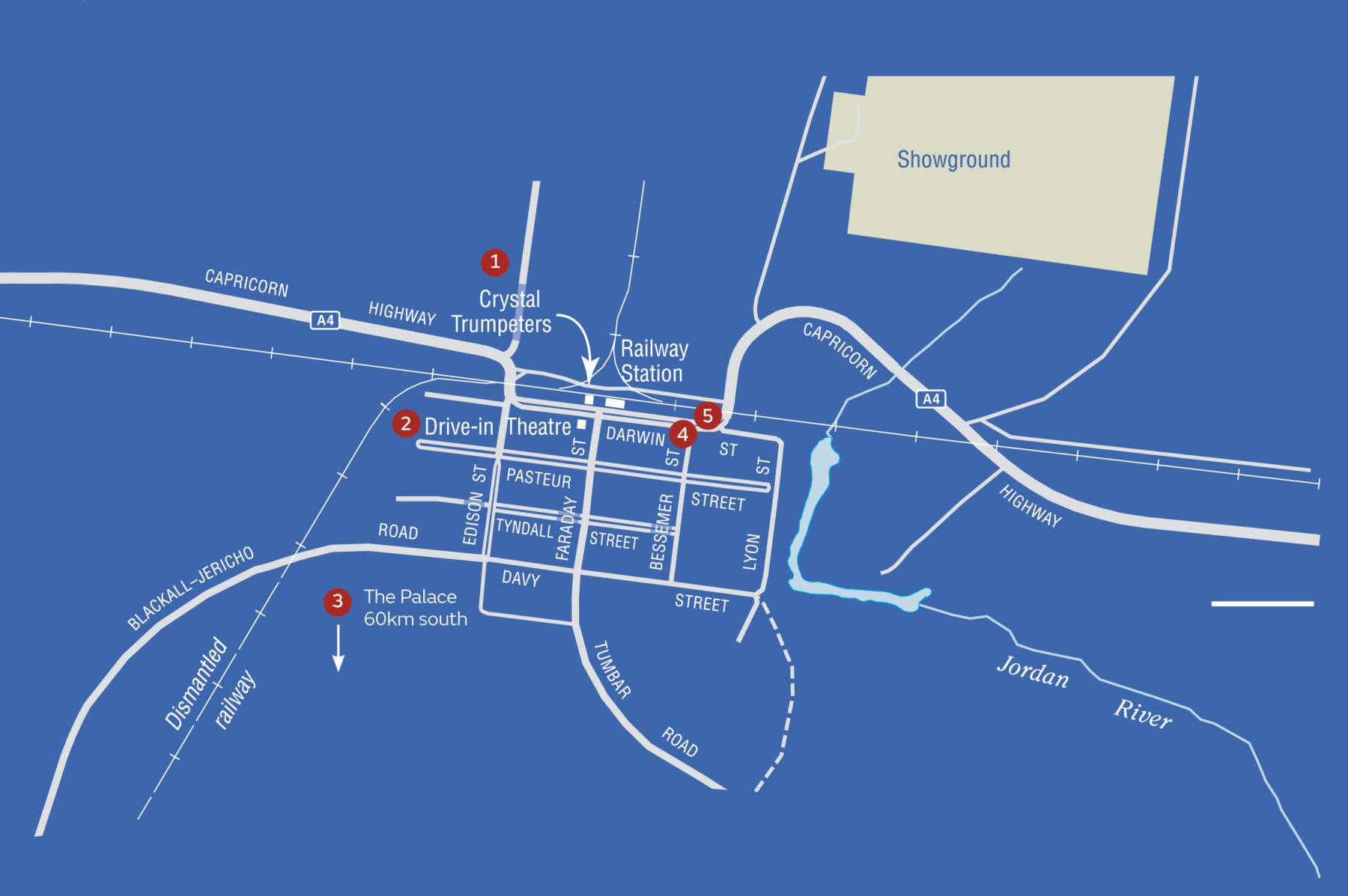
1. Crystal Trumpeters
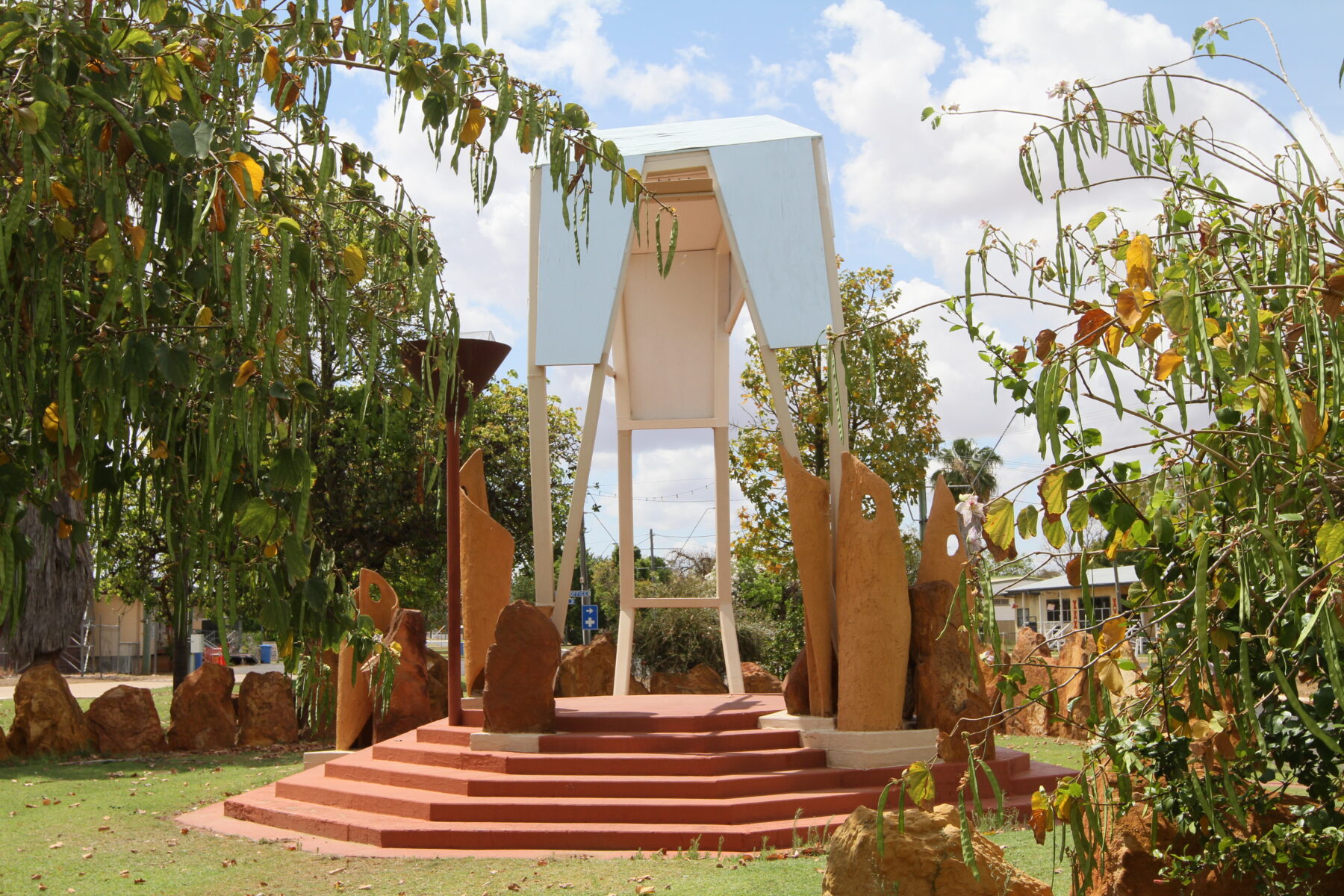
In 1988, as a Bicentennial Project, the town constructed the Crystal Trumpeters to recall the biblical story in which the Israelites marched around the Palestinian city of Jericho before blowing their trumpets to collapse the fortifying walls.
A sign on the monument, on the Capricorn Highway across the road from the Town Hall, explains that:
“Because Jericho, Queensland, is built on the Jordan River south of the Lake Galilee, we decided to tell the story of the original Jericho (Joshua 6). The Israelites came. They marched once a day for six days and seven times the next day. Then they blew their trumpets and made a lot of noise so the walls would fall down and they could enter (Joshua 18–22). To understand why a bunch of desert nomads expected these tactics to work against a fortified city we have to go back 40 years before it happened. This is told in the outer circle of rocks (Exodus–Joshua).”
2. Jericho Drive-In
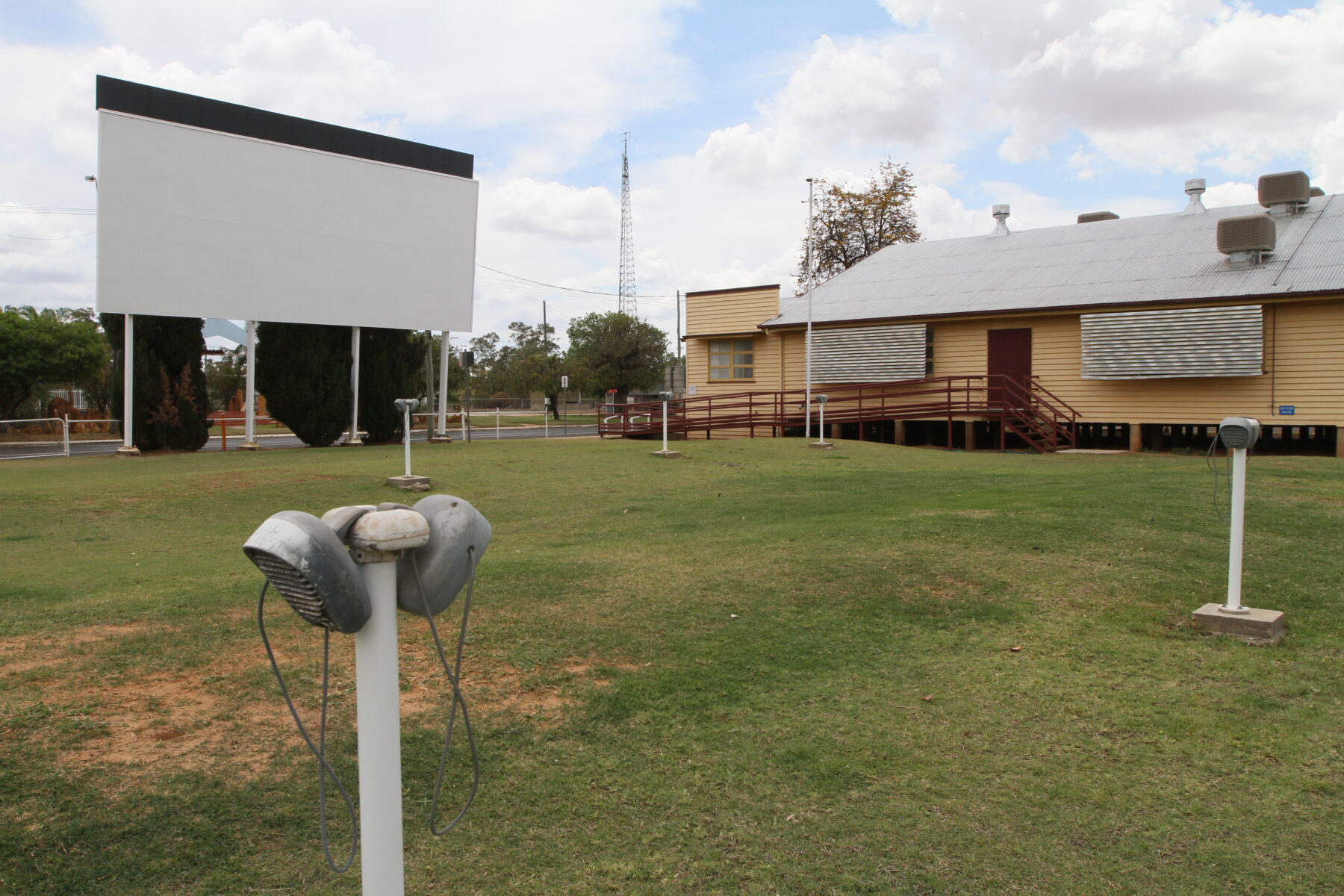
Located on Darwin Street, and beautifully preserved with pleasant lawns and an impressive modern all-weather screen, is the Jericho Drive-In theatre, where movies are still regularly screened.
It opened in 1969, only has a capacity for 34 cars, has 34 seats for those who don’t want to sit in their cars, and operates on the third Saturday of every month.
It’s recognised as the smallest drive-in picture theatre in Australia.
3. The Palace
Located about 60km south of Jericho, The Palace is the largest-known complex of Indigenous art in central Queensland, featuring etchings and drawings on the sandstone cliff faces of a gorge about 600m long and 200m wide.
Anthropologists have recorded more than 9471 figures in the area ranging from stencils of hands, feet, boomerangs and axes as well as drawings of spears, clubs, shields, snakes and lizards. There are a large number of abstract patterns as well.
Located on private property between Jericho and Tambo, south-east of Longreach, the site is now closed to the public.
4. Paving the Glory
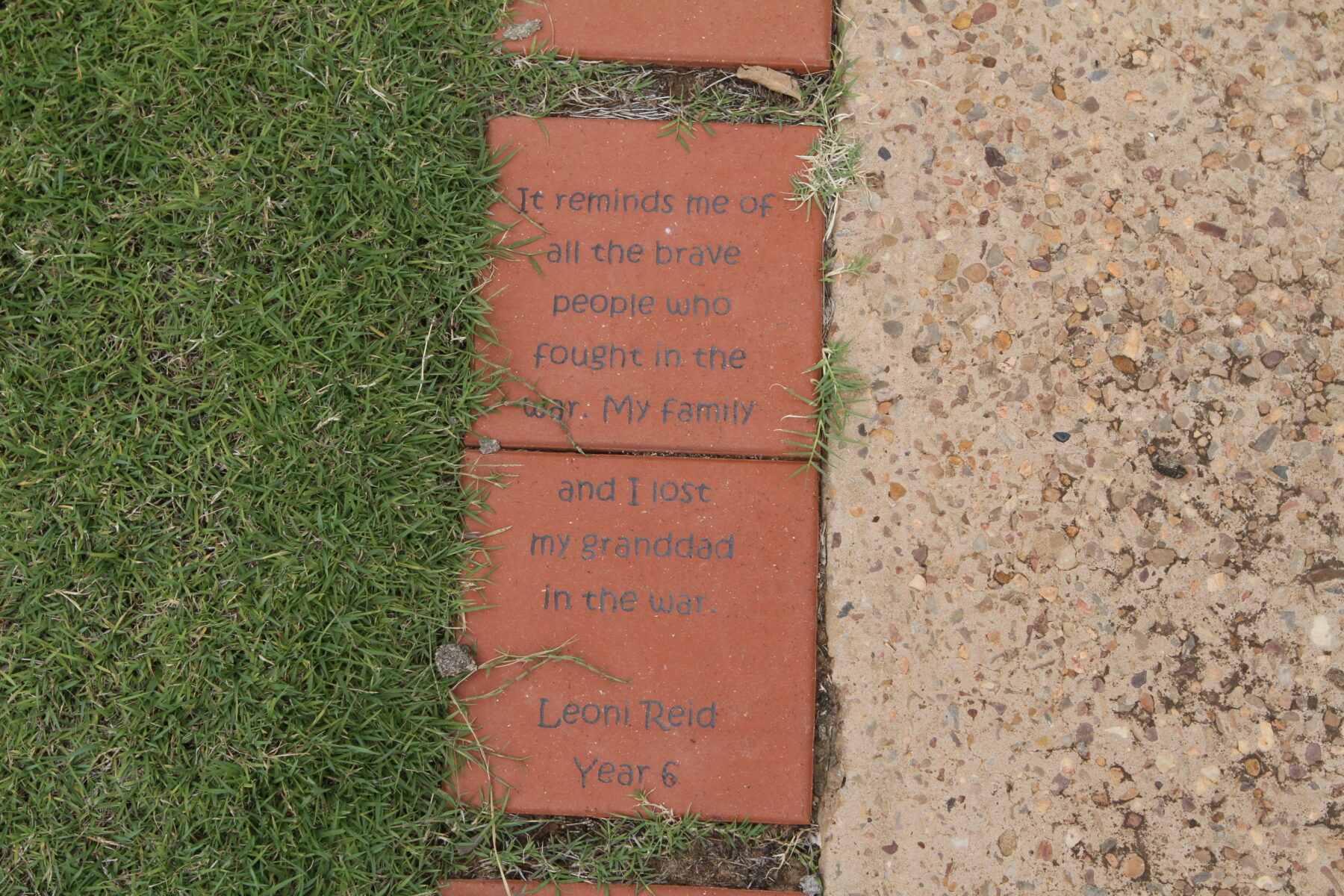
Along the southern side of Darwin Street is a series of pavers commemorating “the centenary of Anzac”.
The project was completed in 2014–15 by school students in the Barcaldine Regional Council area.
The sentences etched into the pavers are local children’s thoughts about what the Anzac legend means to them.
5. Town Mural

A mural with a charming sense of outback fun, painted on the side of a corrugated iron shed in Darwin Street, is worth seeing.
It shows three goannas having a beer and leaning over a fence.
Very outback and very Australian.
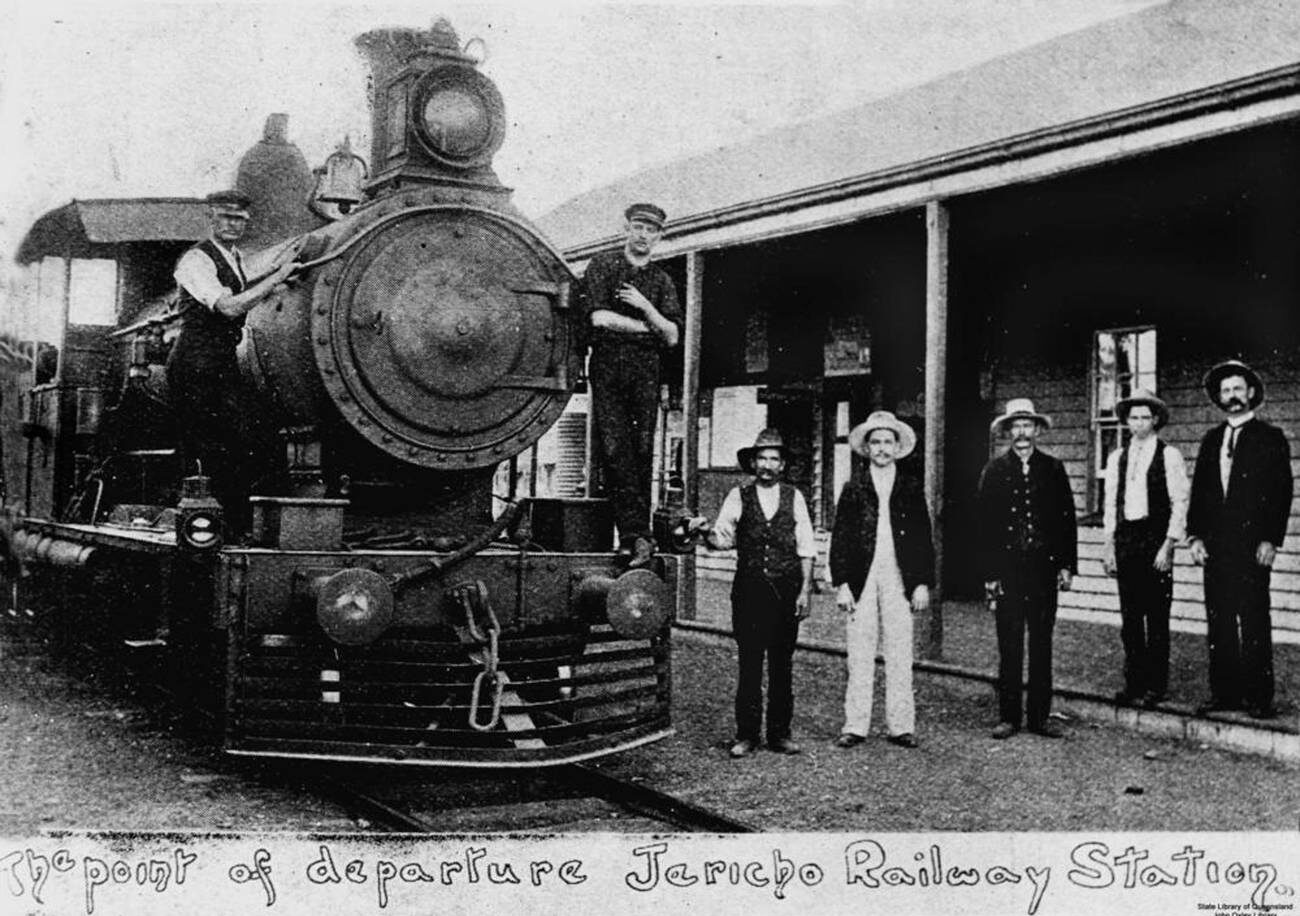
History
The area around Jericho is the homeland of the Bidjara people.
The first Europeans here were a party led by explorer Major Thomas Mitchell in 1846.
By the 1850s settlers had reached the area.
In 1914 the local Jericho Shire was formed.
A branch railway line from Jericho to Blackall was built in 1908.
In 1933 The Palace Aboriginal site, sometimes also known as Black’s Palace, located 60km south of Jericho, was declared a Scientific and Recreational Reserve.
In 1950 the town was hit by a devastating flood.
In 1969 the Jericho Drive-In theatre was opened.
In 1970 The Palace was gazetted as a permanent Aboriginal site.
By 1971 the owner of Marston Station was appointed as the honorary warden of The Palace site.
In 1989 The Palace came under the control of the then federal Department of Environment and Heritage. The site is no longer open for public inspection.
In 2008 Jericho became part ofthe Barcaldine Regional Council.
Image credit: Historic Collection/Alamy Stock Photo


